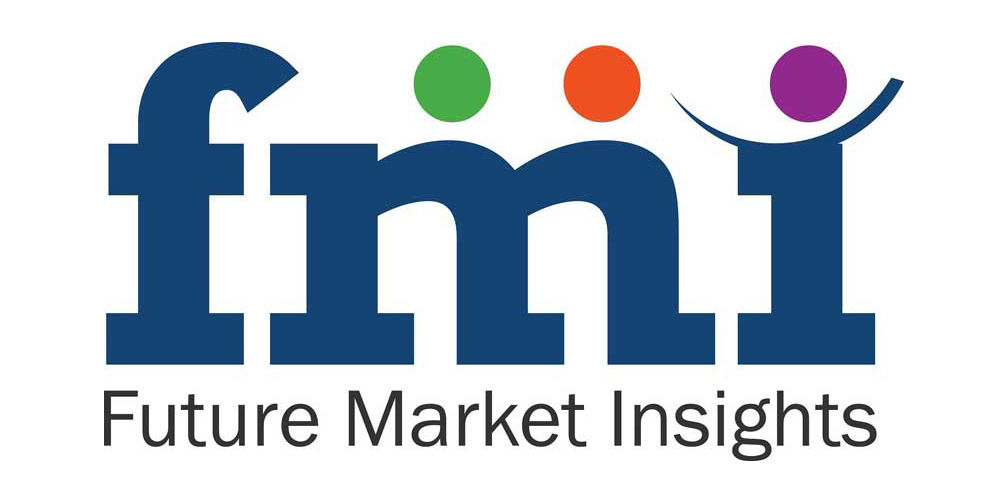Global sales of anti-pollution ingredients exceeded US$ 800 Mn in 2021, which are likely to witness a healthy 5% yearly growth in 2022. A new intelligence outlook published by Future Market Insights (FMI) forecasts a promising growth outlook for the global anti-pollution ingredients market over the years to come owing to a dramatic rise in the incorporation of active, functional ingredients in personal care (PC) and cosmetic products, with an anti-pollution effect.
- To Get a Sample Copy of the Report visit @ https://www.futuremarketinsights.com/reports/sample/rep-gb-6829
Increasing consumer inclination toward preventative skin and hair care remains a significant growth influencer for the anti-pollution ingredients market growth. Although female demographic has been accounting for a majority of anti-pollution products, rapidly progressing market scenario of the men’s grooming category will be an important booster to demand growth of anti-pollution ingredients, according to the report.
Nearly half of the total demand for anti-pollution ingredients is accounted by applications in skincare, according to FMI’s findings. Manufacturers of facial masks and moisturizers are high selling anti-pollution skincare products, besides sun care products. While the functional focus of a majority of skincare range available on market is limited to the skin surface, manufacturers are augmenting investments in R&D of novel solutions that would penetrate into deeper dermal layers and reach the cellular level to prevent premature skin aging effects of pollution. Players active in the hair care space are also generating sizeable demand for anti-pollution ingredients, prominently for shampoos and conditioners.
Key Players Targeting Asian Markets for New Launches
Consumers in developed regional markets, particularly Europe, have been using cosmetics and personal care products that go beyond moisturization and anti-aging functions to address adverse impact of pollutants on skin and hair. Globally leading brands active in anti-pollution ingredients manufacturing space continue to eye opportunities hinted by changing purchasing patterns of these consumers.
On the other side, anti-pollution cosmetics and PC products have established as a popular trend across Asian countries within no time, as a result of which a considerably large consumer population is ready to invest more on products with protective action against ever-increasing levels of pollution. The report states that rampant rate of increase in pollutants and particulate matter in air across fast-developing Asian countries is creating profitable business opportunities for anti-pollution ingredients manufacturers. Currently, the East Asia-South Asia-Oceania cluster accounts for over 50% of the global anti-pollution ingredients sales, as indicated by the report. A recent collaboration between A.S. Watson and Shiseido’s introduced a new, successful anti-pollution skin care range in Thailand. China is likely to be the next target market for this line-up, to be followed by other lucrative markets in Asia.
Request Complete TOC Of this Report @ https://www.futuremarketinsights.com/toc/rep-gb-6829
Non-traditional Ingredients Gaining Momentum
Based on the market analysis by the type of anti-pollution ingredients, polymer-based and antioxidant ingredients remain highly preferred among both, manufacturers and consumers. However, the market has been witnessing novel innovation patterns involving non-traditional active ingredients such as vitamin E and A, and polymer based ingredients. Anti-pollution ingredients such as plant extracts, activated charcoal, and metal chillers are gathering momentum in the market over the recent past. As consumers continue to seek ‘natural’ product labels and claims of protection from direct contact between skin and pollutants, manufacturers of anti-pollution ingredients are maintaining focus on innovative formulations.
Enhancement of the efficacy of existing ingredients and evaluation of the same of newly found ingredients to be used in the anti-pollution ingredients category currently interests a majority of leading players in the market. Procter & Gamble recently joined forces with botanists of Royal Botanic Gardens (London) to evaluate the efficacy of naturally sourced ingredients for potential use in former’s new range of anti-pollution skin care products. Evonik also recently expanded its portfolio with new ingredients for use in ‘of-the-moment’ applications, including anti-pollution cosmetics and PC products.
Key Segments of Anti-Pollution Ingredients Industry Survey
Anti-Pollution Ingredients Market by Ingredient Type:
- Activated Charcoal
- Algae and Kelp
- Chinese Herbs
- Antioxidants
- Vitamin A
- Vitamin B
- Vitamin C
- Vitamin E
- Minerals
- Sea Salt Minerals
- Malachite Extract
- Polymer Based Ingredients
- Others
Anti-Pollution Ingredients Market by Application:
- Skincare
- Sun Care Products
- Anti agers
- Moisturizers
- Facial Masks
- Cleansers
- Others
- Hair Care
- Shampoos
- Conditioners
- Others
- Colour Cosmetics
Anti-Pollution Ingredients Market by Region:
- North America Anti-Pollution Ingredients Market
- Latin America Anti-Pollution Ingredients Market
- Europe Anti-Pollution Ingredients Market
- East Asia Anti-Pollution Ingredients Market
- South Asia & Pacific Anti-Pollution Ingredients Market
- Middle East & Africa (MEA) Anti-Pollution Ingredients Market
